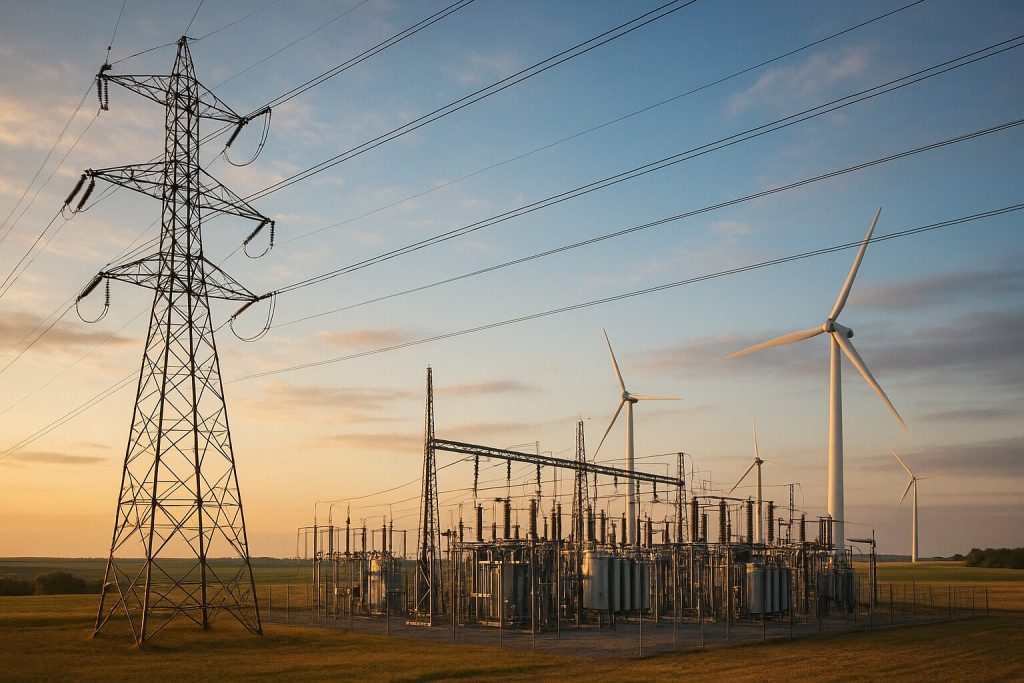Revamping U.S. Energy Infrastructure with Technology Integration

The aging energy infrastructure in the United States is becoming a critical issue, with many components far surpassing their intended lifespan. According to extensive research, significant parts of the electric grid—such as power transformers, transmission lines, and substations—are over 25 to 70 years old. These outdated systems not only pose risks of widespread failures but also hinder the ability to meet increasing energy demands. Modernization efforts are more urgent than ever, as delays may lead to higher costs, reliability challenges, and hurdles in achieving future energy goals. Addressing these issues requires innovative solutions, robust planning, and seamless technological integration.
One critical challenge lies in the lack of visibility within key areas of the nation’s network infrastructure. Initiatives to upgrade energy systems often face inefficiencies due to inaccurate targeting of assets. GeoTel, a leading provider of network infrastructure maps and GIS telecom data, is stepping in to bridge this gap. Their detailed mapping solutions pinpoint essential information like fiber optic routes, tower locations, and interconnected telecom-related assets. Such data is particularly valuable in the era of smart grid technology, where energy systems are increasingly intertwined with digital connectivity. With the merging of telecommunications and energy data, planners can optimize modernization projects, ensuring precision and efficiency during deployment and maintenance.
The Role of GeoTel in the $10.5 Billion GRIP Program

Pexels
The U.S. Department of Energy (DOE) is spearheading transformative energy upgrades through its Grid Resilience and Innovation Partnerships (GRIP) Program. With a fund of $10.5 billion, the program focuses on improving grid flexibility, enhancing climate resilience, and safeguarding against extreme weather conditions. GeoTel’s advanced GIS tools offer vital support to these projects, enabling stakeholders to identify and prioritize vulnerable assets effectively. By overlaying telecommunications data with energy infrastructure maps, agencies and contractors can accelerate project timelines while reducing resource wastage.
One noteworthy example is the collaboration between Fluid Conservation Systems (FCS) and T-Mobile to enhance acoustic water leak detectors with IoT connectivity. This pioneering approach showcases how technology can significantly enhance operational efficiency by automating monitoring processes while reducing manual interventions. Similar innovations, when applied to larger energy infrastructure projects, can streamline efforts and deliver measurable outcomes, ensuring affordable and reliable energy for all American communities.
Energy Modernization as a Connectivity Challenge

Pexels
As the U.S. transitions towards renewable energy and integrates advanced technologies, the need for an interconnected approach to utility planning becomes evident. Combining telecom data with energy infrastructure planning not only supports the broader goals of modernization but also helps utilities manage the increasing demands of renewable energy sources and climate resilience. The adoption of a unified planning approach positions organizations to build a sustainable and reliable grid, meeting current and future energy needs seamlessly.
With GeoTel’s precision mapping solutions, agencies and companies can better navigate the complexities of modern energy infrastructure. The future of utilities lies in harnessing the power of data-driven insights, telecom integration, and innovative technologies to revolutionize energy systems. By adopting these strategies, the U.S. can ensure its grid thrives amidst growing digital and environmental demands.




